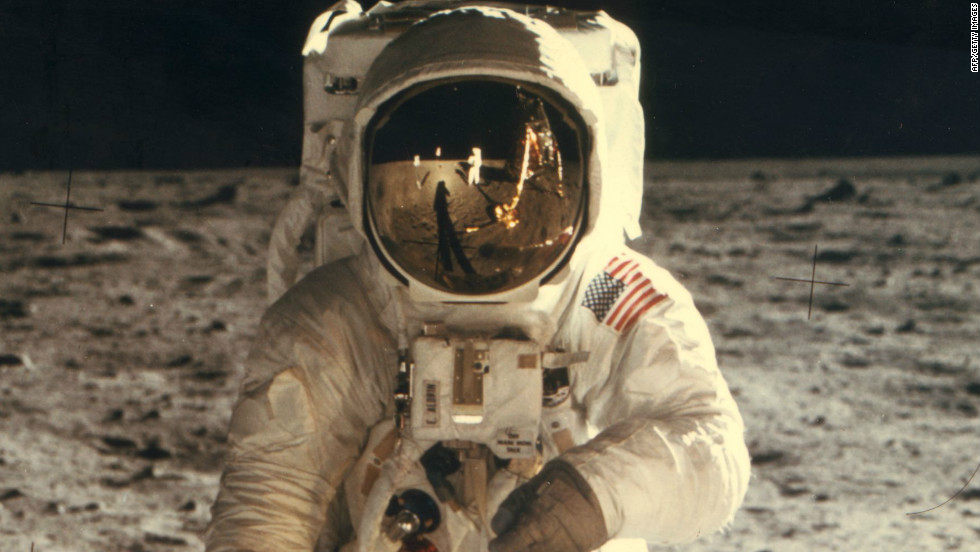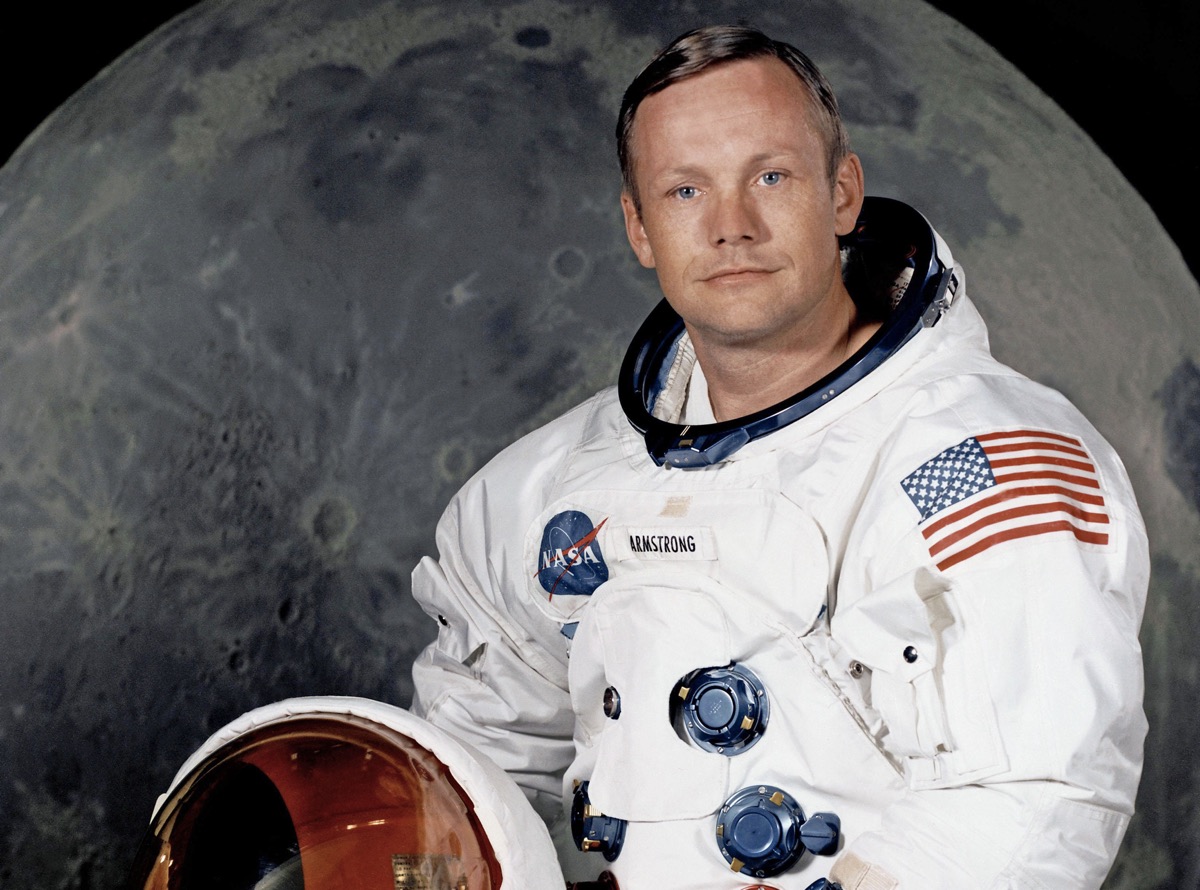

With the crucial rendezvous and docking complete, but other mission objectives left unfinished, Gemini 8 reentered Earth’s atmosphere and splashed down in the Pacific Ocean where they were recovered by teams from the United States Air Force and Navy. These thrusters were meant to be used for reentry, so mission rules dictated the crew must return to Earth as soon as possible. Gemini 8 undocked from the Agena, which caused the violent tumble to worsen.Īrmstrong and Scott managed to gain control of the spacecraft but only by using the reentry control system thrusters. The Gemini/Agena spacecraft started to enter a “violent yaw and tumble” about a half hour after docking. This mission was supposed to run three days, but it was cut short after a problem with the maneuvering thrusters on the Gemini spacecraft.Īrmstrong and Scott successfully rendezvoused and docked with the Agena Target Vehicle, which launched just hours before Gemini 8. Armstrong's first spaceflight was during Gemini 8 along with astronaut David Scott, and they are pictured here in their crew portrait. Armstrong, age 32, was selected as one of the “New Nine” or Astronaut Group 2 on September 17, 1962.īefore flying into space, Armstrong trained as the backup Command Pilot for Gemini 5. NASA decided to open up astronaut applications to civilian test pilots with jet experience, 1,500 hours of flying time, and who were under 35 years old. His status as a civilian test pilot precluded his ability to apply as an astronaut for Project Mercury since those flights were limited to military test pilots. This rocket engine gave pilots quite a kick for the first minute and a half to two minutes of their flights.Īrmstrong became a civilian test pilot for NASA after the nascent space agency absorbed the National Advisory Committee for Aeronautics (NACA) on October 1, 1958. Test pilots operating the X-15 were air-dropped from a modified B-52 bomber from about 45,000 feet after which the rocket engine on the X-15 was ignited. The X-15 program investigated hypersonic flight and provided information that was used in NASA programs from Project Mercury to the Space Shuttle. While working as a test pilot, he flew many types of aircraft, from the famous Bell X-1B, the X-15 rocket plane, fighters, bombers, tankers, and transports.

After serving on active duty, he entered the Naval Reserve and returned to Purdue to complete his degree in Aeronautical Engineering.Īrmstrong applied for a position with NACA, the National Advisory Committee for Aeronautics (the predecessor of NASA), and began his career as a test pilot. Armstrong is pictured here as an ensign in the United States Naval Reserve in 1952. During that time, he flew 78 combat missions during the Korean War, earning two Gold Stars and the Air Medal.

He served as a naval aviator from 1949 until 1952.
#1969 NEIL ARMSTRONG FIRST MAN ON THE MOON LICENSE#
He had obtained his pilot’s license by the time he was 16, quite an achievement considering he hadn’t even graduated high school. After being captivated by flight from an early age, Armstrong began flying as a teenager. Neil Armstrong was born on Augin Wapakoneta, Ohio. Today, August 5 would have been his 91st birthday (1930-2012). Happy birthday to the first human to walk on the Moon, Neil Armstrong. Neil Armstrong: the first human to walk on the Moon.The translation process left the image significantly degraded, but it was still live footage of man’s first steps on the Moon. Then, the tracking stations transmitted the signals by microwaves to Intelsat communications satellites and AT&T landlines to Mission Control in Houston at which point they were broadcast to the world. NASA used a scan converter to adapt the image to a broadcast standard format of 525 scan lines at the higher 30 fps rate. The signal was sent from the LM’s antenna to the tracking stations at Goldstone, Honeysuckle Creek near Canberra, and the Parkes Radio Astronomy Site in New South Wales, Australia. Inside the LM cabin, Buzz Aldrin hit a circuit breaker that turned the camera on, allowing it to capture Armstrong’s walk down the ladder and first steps on the Moon. Though covered with a thermal blanket, the lens poked through a hole so it could see everything going on. The MESA released when Armstrong, standing on the lunar module’s porch, pulled a lanyard allowing it to unfold. The camera was stowed in the LM’s descent stage in the Modularized Equipment Stowage Assembly (MESA) in the fourth storage area on the left of the LM’s ladder. It was this camera that captured Armstrong’s first steps on the Moon.
/851512-resize-56a48d825f9b58b7d0d7828a.jpg)
And the lunar surface camera’s lens can be seen poking through a hole. The MESA is shown here covered by a gold thermal blanket.


 0 kommentar(er)
0 kommentar(er)
